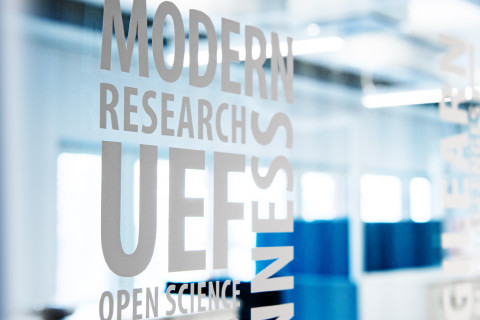The doctoral dissertation in the field of Medical Image Processing will be examined at the Faculty of Health Sciences at the Kuopio Campus.
What is the topic of your doctoral research? Why is it important to study the topic?
Volume electron microscopy (EM) techniques produce gigabytes to even petabytes stacks of serial EM images at nanometer resolutions from brain tissue. Morphology analysis of brain ultrastructures in collected EM volumes demands manually segmenting individual ultrastructural components, which is tedious and requires automated methods. Therefore, we developed automated segmentation pipelines, ACSON and DeepACSON, to trace the entirety of ultrastructures in EM volumes of white matter that contain hundreds of thousands of long-span myelinated axons, thousands of cell nuclei, and millions of mitochondria.
What are the key findings or observations of your doctoral research?
Using our ACSON and DeepACSON pipelines, we segmented EM volumes of rats’ white matter after a sham-operation or a traumatic brain injury. These techniques have made it possible to acquire a comprehensive 3D morphometry of white matter ultrastructures, capturing pathomorphological alterations in the white matter at the nanoscopic level. Our 3D morphology analyses demonstrated that the diameter of myelinated axons varied substantially along their longitudinal axis, and furthermore that the cross-sections of myelinated axons were more elliptic than circular. In addition, our findings indicated that even five months after the brain injury, there were persistent changes in the diameter and tortuosity of the axons, as well as in the density of myelinated axons.
Please describe the process of your doctoral research.
We developed the ACSON pipeline based on a region-growing algorithm that was capable of segmenting myelin, myelinated axons, mitochondria, and cell nuclei in small field-of-view high-resolution EM datasets. We also developed the DeepACSON pipeline that performed a convolutional neural networks-based semantic segmentation and shape decomposition-based instance segmentation, annotating large field-of-view, low-resolution EM datasets of white matter into their ultrastructural components. The DeepACSON instance segmentation was based on a novel cylindrical shape decomposition technique that we developed exploiting the tubularity of myelinated axons which decomposed under-segmented myelinated axons into their constituent axons.
The doctoral dissertation of Ali Abdollahzadeh, MSc, entitled Automated 3d segmentation and morphometry of white matter ultrastructures will be examined at the University of Eastern Finland. The Opponent in the public examination will be Professor Tolga Tasdizen of the University of Utah, and the Custos will be Research Director Alejandra Sierra of the University of Eastern Finland.
